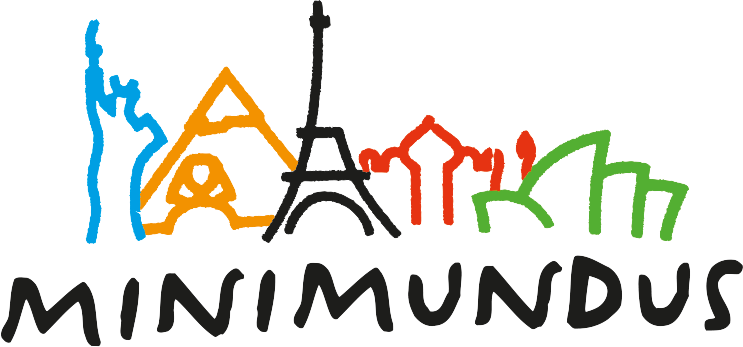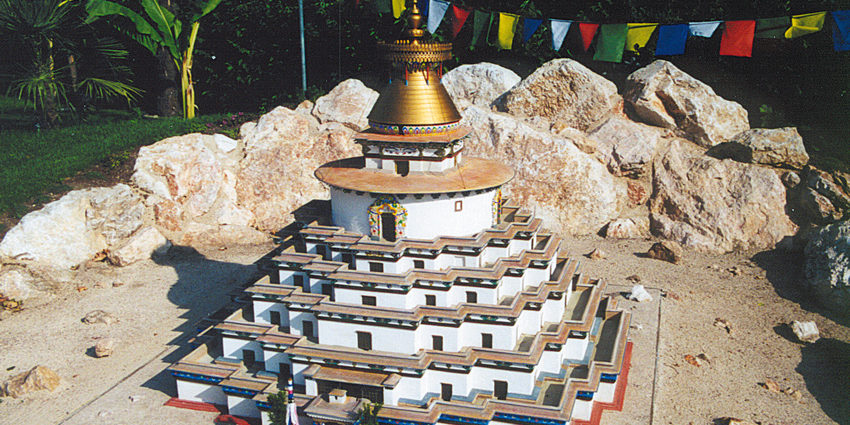The Kumbum (or Pango Chorten) in Gyantse is one of the most magnificent buildings in Tibet. It was built in 1440 by Chögyel Rabten Kunsang Phag, the second in a line of chieftains who made Gyantse the capital of their small kingdom. Almost all of the monasteries in the vicinity were destroyed in battles and revolutions but the Kumbum has survived virtually unscathed to this day, the only walk-in reliquary which still exists. The unique wall paintings in the Kumbum, most of which are original, are particularly impressive in their variety, colourfulness and artistic design. The base consists of 4 chapels facing towards the four cardinal points. Colourful stuccowork surrounds the building’s entrances that portray various animals and deities. The walls of the stairway to the top of the Kumbum are decorated with the principal deities in the Yoga Tantra. Inside there are 100,000 Buddha sculptures; thus the name “stupa with the 100,000 Buddhas” (=Kumbum).
Dimensions: H: 1.80 m, L: 2.90 m, W: 2.40 m
Weight of the model: 500 kg
Weight with substructure: 3.5 t
Materials: The model has a concrete core coated with Lucite and acrylic paints, 85 brass doors, Aluminium tip

